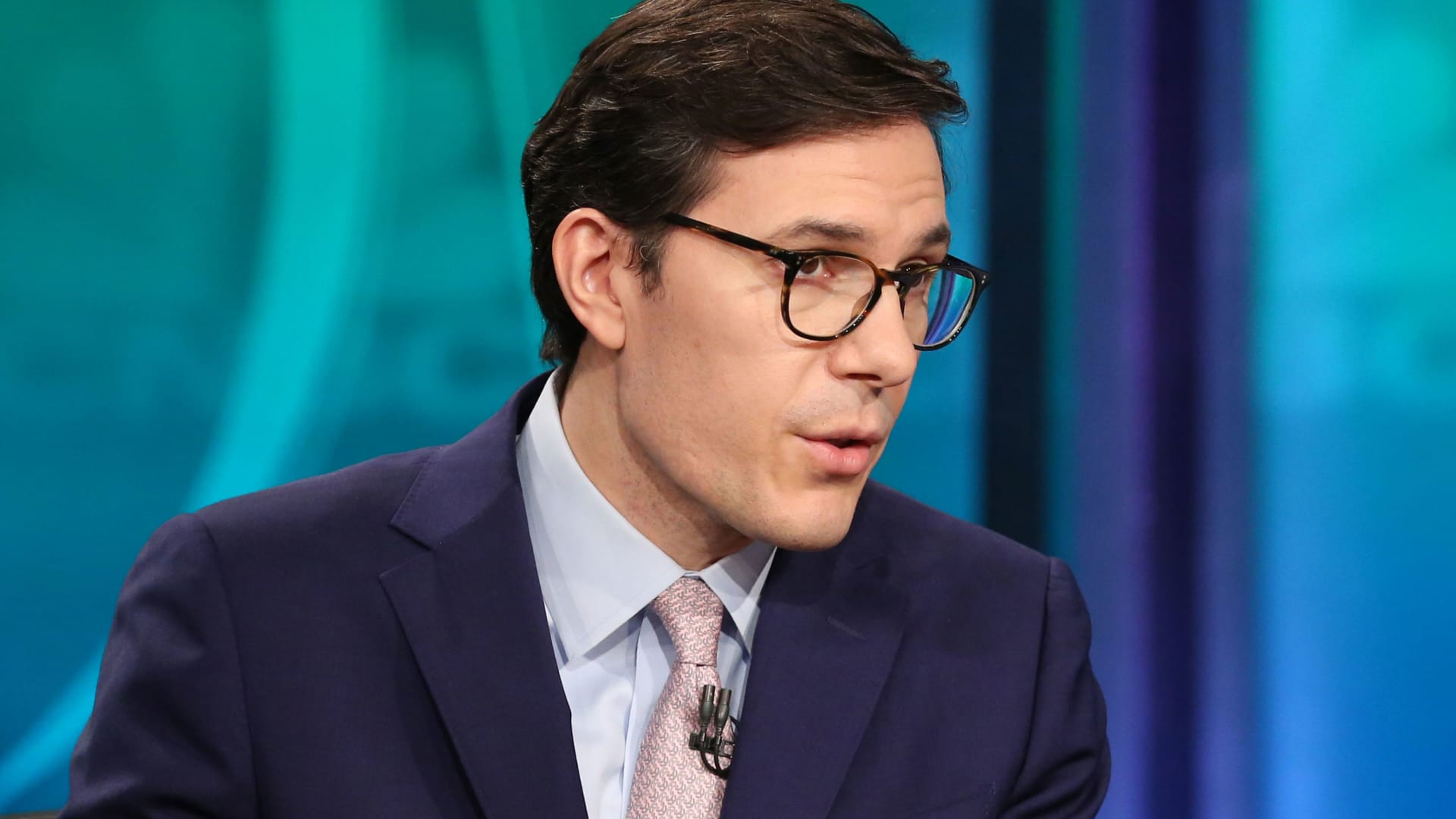JPMorgan is sticking by a resilient growth forecast for the U.S. market in 2025 — calling for further gains fueled by the nation’s continued global dominance coupled with easier monetary policy and broad corporate investment in artificial intelligence-related spending. But risks could come from the stock market’s sky-high valuations and whether the Federal Reserve “opens the door” to potential interest rate hikes later next year, according to the bank’s strategist Dubravko Lakos-Buja. Risks may also arise as a result of “disruptive Trump policies triggering a crash landing” or sticky inflation leading to tighter financial conditions. For 2025, JPMorgan sets a 6,500 target on the S & P 500 with cumulative earnings per share pegged at $270. That suggests about 7.5% potential upside from Monday’s close, after a year when the S & P 500 has soared more than 26.5%. JPMorgan isn’t forecasting a recession anytime soon. “Our 2025 baseline projection looks for moderating but strong global growth — with a notable exception being a sharper slowdown in China, reflecting the impact of a likely renewal of the U.S.-China trade war — and core inflation remaining close to 3%,” Lakos-Buja said in a Tuesday note to clients. “We are positive on U.S. risky assets in a world where U.S. exceptionalism gets reinforced.” .SPX YTD mountain S & P 500 performance this year. Lakos-Buja remains positive on risk assets such as U.S. stocks, and the U.S. dollar, but holds only a mixed outlook on U.S. Treasuries. Easier policy from central bankers, including the Fed ending quantitative tightening and stopping the contraction in its balance sheet in the first quarter of 2025, and improved sentiment driven by President-elect Donald Trump’s pro-business policies should combine to help U.S. consumers and corporations, the strategist said. Strong labor market trends and potentially lower energy prices are further supports to the outlook. “[E]asing in rates should help broaden the earnings recovery within S & P 500 and across the size spectrum,” Lakos-Buja said, referring to benefits accruing to mid- and small cap companies. “The central equity theme for next year is one of higher dispersion across stocks, styles, sectors, and themes driven by unsynchronized regional business cycles and central bank policies, [the] evolving policy agenda of the new U.S. administration, broadening earnings growth and crowded momentum factor positioning.”

JPMorgan sees a modest market gain next year, but notes two threats